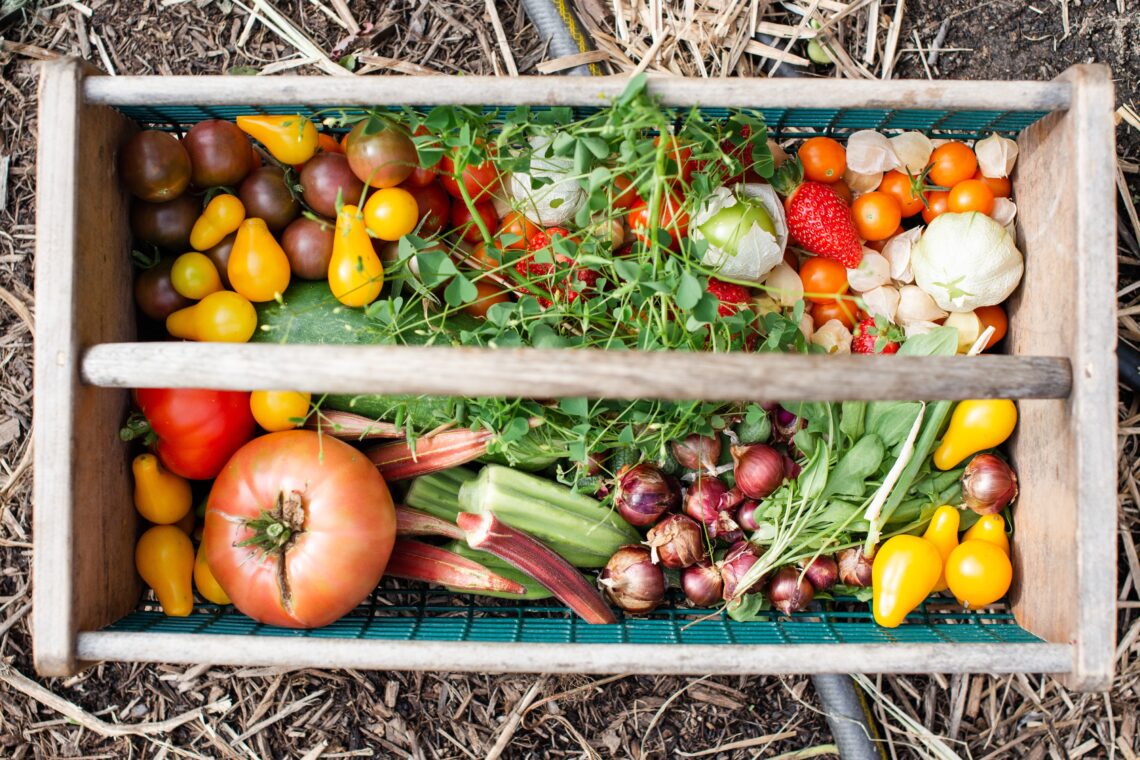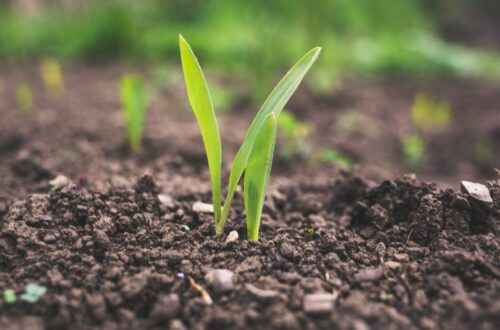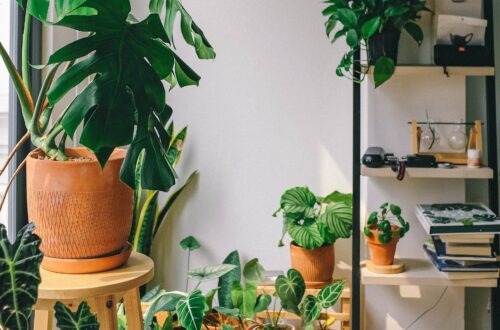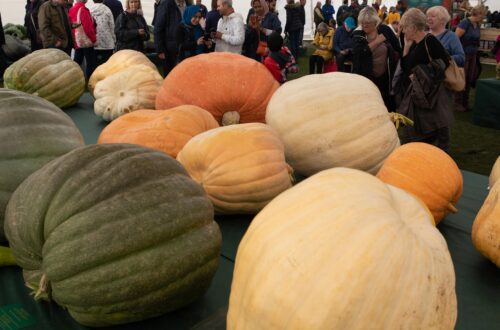In an era where urban living and limited outdoor areas are the norm, the desire to grow your own vegetables is not only an eco-friendly choice but also a rewarding one. The good news is that you don’t need a sprawling backyard to nurture your green thumb. With a bit of creativity and careful planning, you can cultivate a thriving vegetable garden in even the smallest of spaces. In this article, we’ll guide you through the steps to get started on your journey to grow your own vegetables right at home.
Choose the Right Location
The first step in creating a small-space vegetable garden is selecting the ideal location. Whether you have a tiny balcony, a windowsill, or a postage-stamp-sized yard, find a spot that receives at least 6 hours of sunlight per day. Most vegetables require ample sunlight to flourish, so this is crucial for their growth.
Opt for Container Gardening
Container gardening is your best friend when space is limited. You can use pots, planters, hanging baskets, or even repurpose household items like buckets and wooden crates to grow your vegetables. Ensure that your chosen containers have proper drainage to prevent waterlogged roots.
Pick the Right Vegetables
Not all vegetables are well-suited for small-space gardening. Opt for compact varieties or those specifically bred for containers. Some excellent choices include cherry tomatoes, dwarf peppers, bush beans, and herbs like basil and parsley. Vertical gardening can also maximize space by growing climbing plants like cucumbers and peas on trellises or vertical garden structures.
Use Quality Soil and Compost
Invest in high-quality potting soil mixed with compost to provide the essential nutrients your vegetables need. Good soil quality is the foundation of a successful garden, so don’t cut corners in this department.
Water Wisely
Proper watering is key to the health of your vegetable plants. Container gardens can dry out quickly, so check the moisture level regularly. Water deeply when the top inch of soil feels dry, but avoid overwatering, as this can lead to root rot.
Implement Companion Planting
Maximize your small space by practising companion planting. This technique involves planting compatible vegetables together to deter pests, improve pollination, and save space. For instance, planting basil near tomatoes can enhance their flavour while deterring common tomato pests.
Regular Maintenance
Like any garden, small-space vegetable gardens require regular care. Stay on top of weeding, pruning, and monitoring for pests and diseases. The smaller your garden, the easier it is to manage these tasks. Harvest and Enjoy
One of the most rewarding aspects of growing your vegetables is the harvest. Be patient and monitor your plants for the right time to pick your vegetables. Enjoy the taste of homegrown produce, knowing you’ve successfully created a thriving garden in a limited space.
How To Grow Your Own Vegetables – Final Thoughts
Starting your vegetable garden in a small space is a fulfilling and sustainable endeavour. By choosing the right location, containers, and vegetables, and following essential gardening practices, you can grow your own vegetables regardless of your available space. So, don’t let limited room deter you; embark on your journey to become a homegrown vegetable enthusiast and savour the joys of harvesting your own produce right at home.



